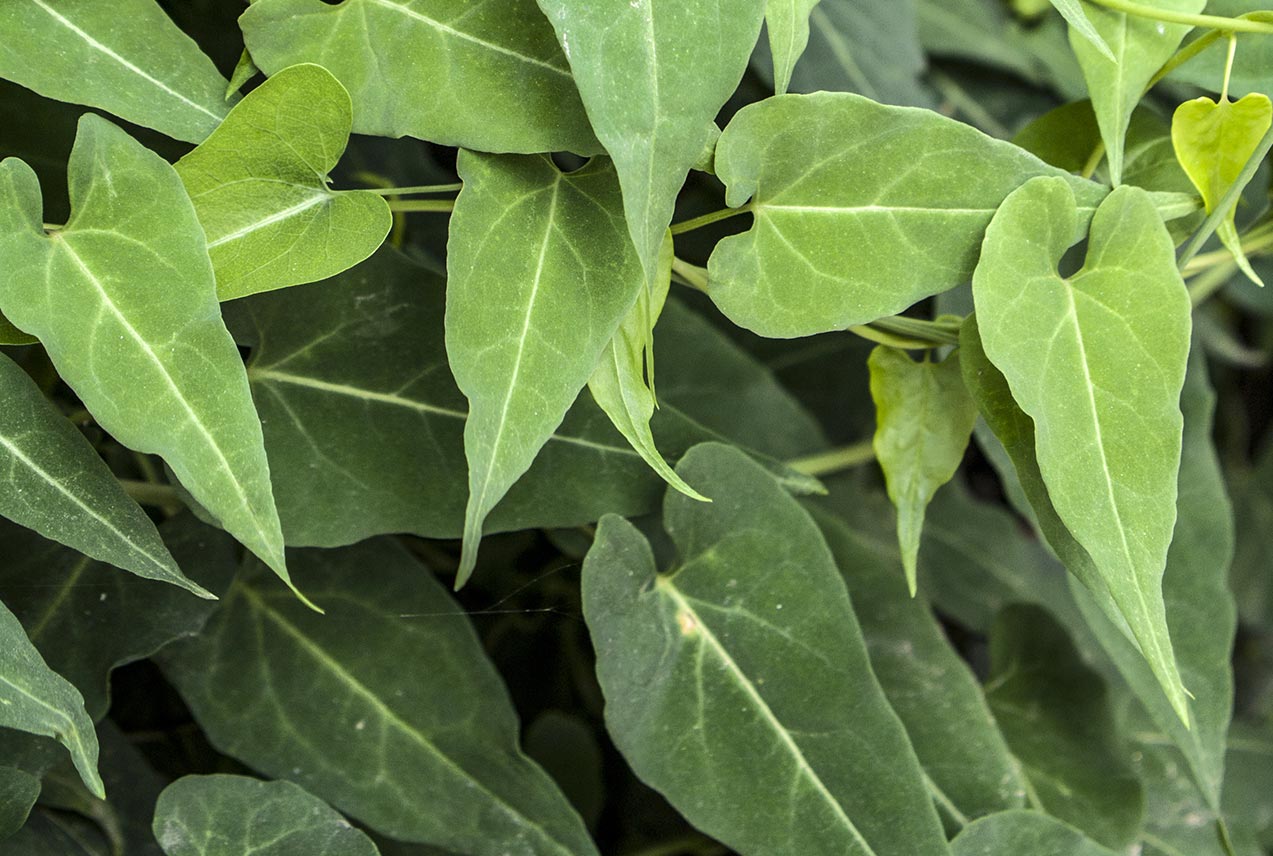Ginkgo Supreme
Traditionally for a clear & sharp mind*
Polygonum multiflorum
This herb is also known as Ho-shou-wu (pinyin: heshouwu). It is a root from this plant. The herb was originally called jiaoteng, referring to its form: an intertwining vine (jiao = intersecting, teng = creepers). The newer name came from a story called Heshouwu Lun (Notes on Ho-shou-wu) by Li Ao, written around 813 A.D. The following is a compressed version: Mr. Ho from Hebei Province, at age 58, had not been able to father a child. A monk advised him to eat jiaoteng gathered from a mountain, which Ho then did, and consumed regularly. Soon after, he was able to father several children, his hair turned from gray to black, his vision improved, and his body became more youthful. He lived to age 130 (some say 160), still with black hair. Since then, the herb has been called Mr. Ho's hair is black (shou = head; wu = black). Don’t bother to search for any historical information under the name Fo-Ti. It’s a made up name invented by early marketers of an “energy” formula distributed in US Health Food Stores in the 1970’s.

